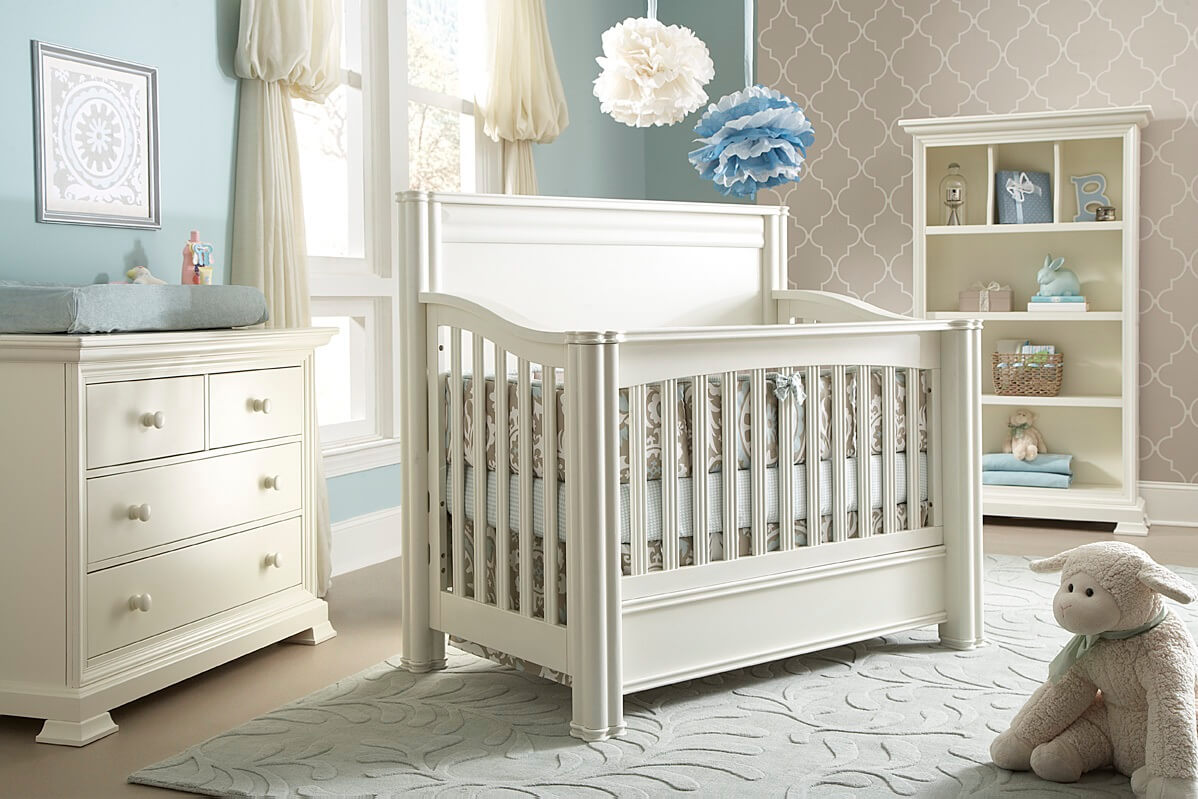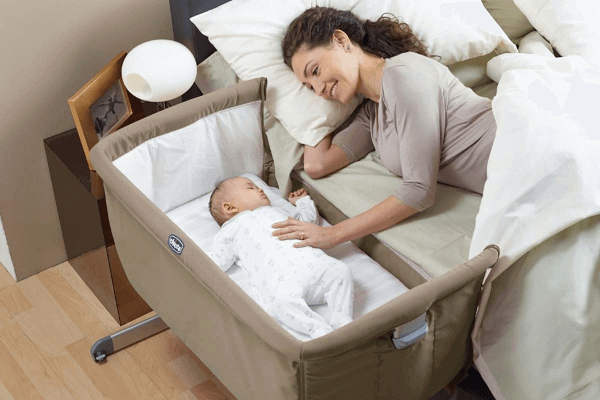What Should Your Baby's Crib Be Like?

Choosing the furniture to decorate your future baby’s room is an exciting task. One of the most important decisions will be the purchase of your baby’s crib.
There is an increasing number of types and colors to choose from. Knowing what your choices are can make it easier to find the best option.
It can be easy to pick a color to match the rest of the furniture in your baby’s room. But certain requirements must be met to fulfil your child‘s needs.
Pediatricians recommend using cribs that are wide and comfortable, as children spend hours of rest here. In addition, there are several functional accessories to pay attention to.
What requirements must a baby’s crib meet?
- It should be free of paint, varnishes and chips. The child can suck or bite on parts of the crib, and this could cause some type of toxicity or even allergies. With wooden furniture, you have to make sure there are no splinters in order to avoid injury.
- Optimal height. It’s advisable for the cradle to be 60 centimeters high from the base to the highest part. Otherwise, when the child begins to play and move, it could fall over. Don’t forget they grow up fast, and little ones usually love to climb.

- A special mattress. It must be semi-rigid and breathable, with a height of approximately 10 centimeters.
- Rigid and straight base. The mattress has to rest on a solid base. This way, the baby’s spinal development is taken into account. Remember the little one will spend many hours in this place.
- Parallel bars. If the crib has bars, the separation between them must be between 4 and 6 centimeters. This prevents the baby’s head from passing between them.
- Wheels with a brake system. Some types of cribs have wheels for easy transport. At least two of these wheels should have a brake system to prevent displacement or accidents caused by unforeseen movements.
As you can see, the baby’s crib should be both comfortable and safe.
When choosing one, it’s necessary to be clear that, although aesthetics is important, the baby’s safety is of the utmost importance.
Once the key factors for selecting the baby’s crib are clear, the next thing to do is select which model is the most appropriate.
Different types can be chosen depending on the space available or trips made by the family, among other factors.

Types of baby cribs
- Traditional wooden crib with bars. Due to its size, it’s estimated that children will use it until the age of 2. The most modern creations include double height for the mattress and even attached furniture.
- For active parents and frequent travelers, there are easy-to-transport cribs, which are dismantled and reassembled with ease. They’re smaller than conventional cribs and can be used for sleeping or for a play pen. If choosing this as a permanent crib, it’s advisable to add another mattress.
- Many parents choose to create an extension on their bed in order to have the little one next to them. These types of cribs have three parts and adapt to each bed.
Occasionally, parents believe that a number of toys should be within the child’s reach in their room.
But there are more important issues that should prevail over aesthetics. The baby’s crib must be free and clear.
Toys and the crib’s location
Stuffed animals and pillows can be pretty, but it isn’t recommended to have them inside the crib.
As an example, sometimes a child falls asleep in the presence of these objects, which then become a serious danger and risk for possible asphyxia and skin allergies, among other things.
With regard to the location of the baby’s crib, the important thing is to keep it away from objects. Nothing that could fall and cause an injury should be within the child’s reach.
The room where the crib is located is purely up to the parents, although it’s convenient to have the child remain close to them during the first few months to help control their sleep.
This text is provided for informational purposes only and does not replace consultation with a professional. If in doubt, consult your specialist.
